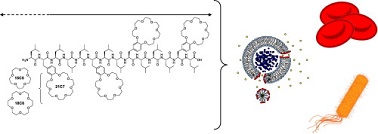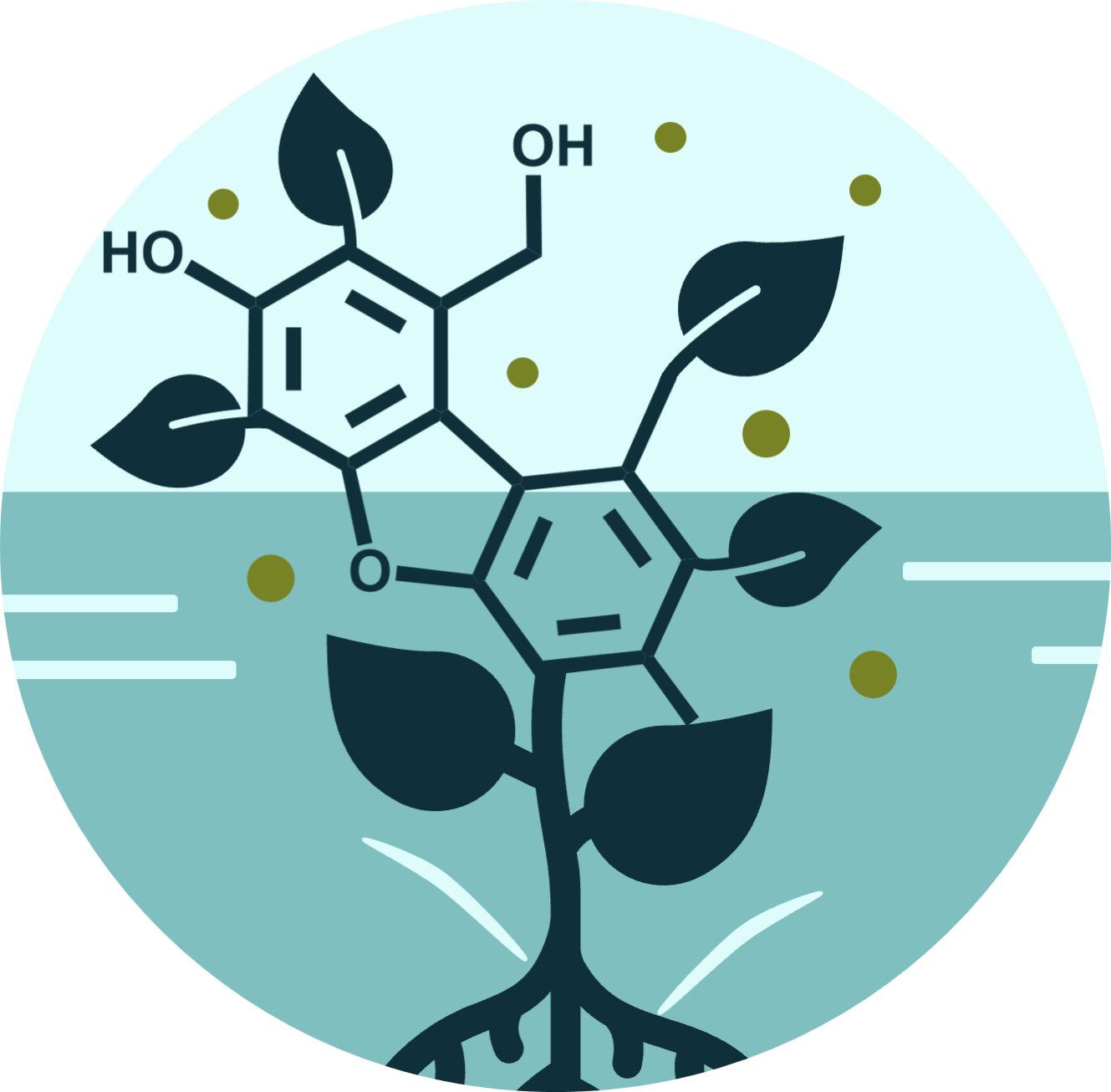Biochimica et Biophysica Acta (BBA) - Biomembranes, 2020, 1862, 183261.
Crown ether modified peptides: Length and crown ring size impact on membrane interactions
Pierre-Alexandre Paquet-CÔtÉ, Jean-Philippe Paradis, MichÈle Auger, and Normand Voyer

Abstract
Antimicrobial peptides are widely studied as an alternative to traditional antibiotics. However, they are difficult to develop, as multiple factors influence their potency and selectivity toward bacterial cells. In this paper, we investigate three simplified model peptides that bear crown ethers, and the effects of simple structural modifications (peptide length and crown ether ring size) on their secondary structures and their permeabilizing activity on living cells and model membranes made with egg yolk phosphatidylcholine or 1-palmitoyl-2-oleoylphosphatidylglycerol. Circular dichroism studies show that the peptide length and the crown ether ring size do influence the conformation, but no trend could be determined from the results. Permeabilization studies with model membranes and with red blood cells demonstrated that from 13 residues to 16 residues, there is a gradual increase in activity as the peptides get longer. However, the shortest tested analogs, with 12 residues, also exhibited an increase in activity caused by the removal of one amino acid that was bearing a crown ether. Permeabilization assays showed that larger ring size analogs showed higher hemolytic activities. Altogether, the results reported help design new and more selective antimicrobial peptides.

